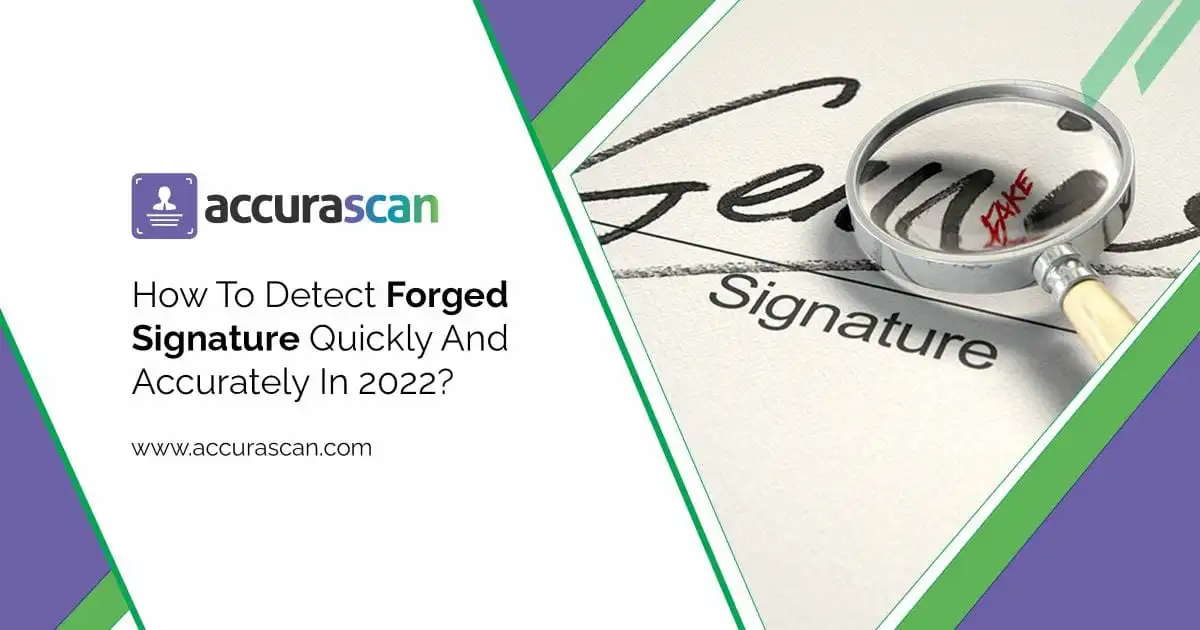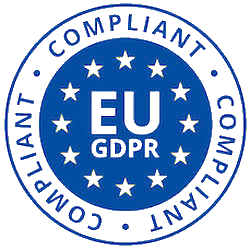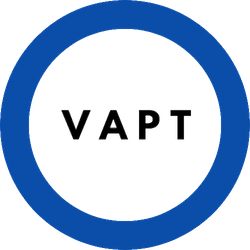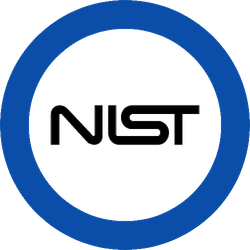Signatures are one of the most crucial components that play a key role in authenticating a person’s identity or consent. Other biometric attributes used for authentication include iris, hand geometry, face recognition, and fingerprints. Attributes like fingerprints and iris do not change over time. Hence they have a meager intraclass variation. However, they require special and expensive hardware to capture the biometric image.
An important advantage of the signature over other biometric attributes is that it has been used traditionally in authenticating documents and enforcing binding contracts. However, unlike physiological biometric characteristics such as fingerprints, a signature is an acquired trait that can be closely replicated by another person and forged.
Therefore, it is essential to take foolproof measures to eliminate the chances of ID forgery and signature forgery.
- Prevention Of Signature and ID Forgery
There are two main approaches that are being extensively employed for forgery detection. In the case of applications that do not allow human supervision at the time of signing, for example, over a remote network, additional information about the signature is captured, which is difficult to forge.
Another approach implies verification systems that use pressure, velocity, and tilt of the pen for verification. In traditional signature verification, applications have an additional level of security, and an identity card is used to verify the identity. However, human supervision is required for this signing process.
- The Latest Verification Process For The Signature Forgery Detection
In the latest verification process, the hardware captures the face image of the signatory. This is in addition to supplementing the signature verification. This combination, using a physiological biometric characteristic of the face image along with the signature, makes signature forgery difficult.
Simply because the face or the physiological biometric trait is unique for every person, it will not match any other.
Passively capturing the image of the face does not impose any burden on the genuine user. Dynamic time-warping based signatures and LDA-based face matching are powerful weapons against signature forgery and fraud.
- Signature And Face Recognition
The online signature captures the dynamics of signing in addition to spatial information. It makes forging a signature difficult. Moving along the pen’s path, the signature is recorded as a sequence of points. Many complex trigonometric features ensure that it is difficult to forge. Finally, the signature is represented as a sequence of feature vectors.
Similarly, the two-dimensional face image is considered a vector with unique attributes.
Face biometrics integrated with AML verification is the most efficient foolproof ID verification. Live ID verification done remotely is an efficient, high security, time-saving process.
It is suitable for all business sectors and promotes compliance with worldwide data privacy standards. Hence, it can be used in any country.
- Best Signature Verification Solution
Forgery is the process of creating, adapting, or imitating objects or documents with an intent to defraud. Any document that relates to something of value, such as wills, employment contracts, cheques, and all types of financial documents, is at risk of being altered, manipulated, or may contain forged signatures.
Forgeries often accompany other frauds such as application, insurance, cheque fraud, and financial identity takeover. The most common forgeries include money, works of art, documents, diplomas, and identification documents. Forgeries do not have to be physical but may also be electronic, done remotely.
Secure your interest today using Accura Scan’s Artificial Intelligence-based eKYC process, including AML and ID verification services. For more details, call us on +91 820-898-8751 or mail us at sales@accurascan.com.


























